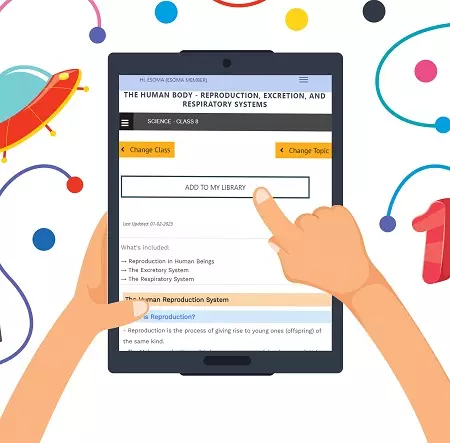Question
Highlight any Four errors commonly found in a Trial balance.
Answer
1. Error of Total Omission:
This occurs when a transaction is completely left out of the accounting records.It results in an imbalance between the debit and credit sides of the trial balance, making it impossible for the trial balance to tally.
Example: Forgetting to record a cash sale of Ksh. 1,000 would lead to a total omission error.
2. Error of Original Entry:
This happens when a transaction is initially recorded with incorrect amounts or accounts.It can lead to an imbalance in the trial balance, as the incorrect entry may not offset properly against its counterpart.
Example: Recording a purchase of equipment as Ksh. 5,000 instead of the correct amount of Ksh. 50,000 results in an error of original entry.
3. Error of Commission:
These errors occur when a transaction is correctly recorded but in the wrong account.It can also lead to an imbalance in the trial balance, as the debit and credit entries might not match up correctly.
Example: Recording a payment to a supplier in the rent expense account instead of the accounts payable account is an error of commission.
4. Compensation Errors:
These errors involve two or more offsetting mistakes that cancel each other out, resulting in the trial balance still balancing.Although the trial balance balances, individual errors are hidden, and the financial statements may be inaccurate.
Example: Overstating one asset account and understating another asset account by the same amount could compensate for each other, maintaining trial balance balance.
5. Error of Complete Reversal of Entries:
This occurs when debits and credits are switched completely for a transaction.It causes the trial balance to balance, but the financial statements will have the wrong values.
Example: Recording a credit sale as a debit and a debit purchase as a credit in equal amounts would create a complete reversal error.
6. Error of Principle:
These errors occur when a transaction is recorded in the correct account but violates accounting principles or policies.It can lead to incorrect financial statements and potentially misrepresent the company's financial position.
Example: Capitalizing regular repair expenses as an asset instead of recognizing them as expenses violates the matching principle and is considered an error of principle.

